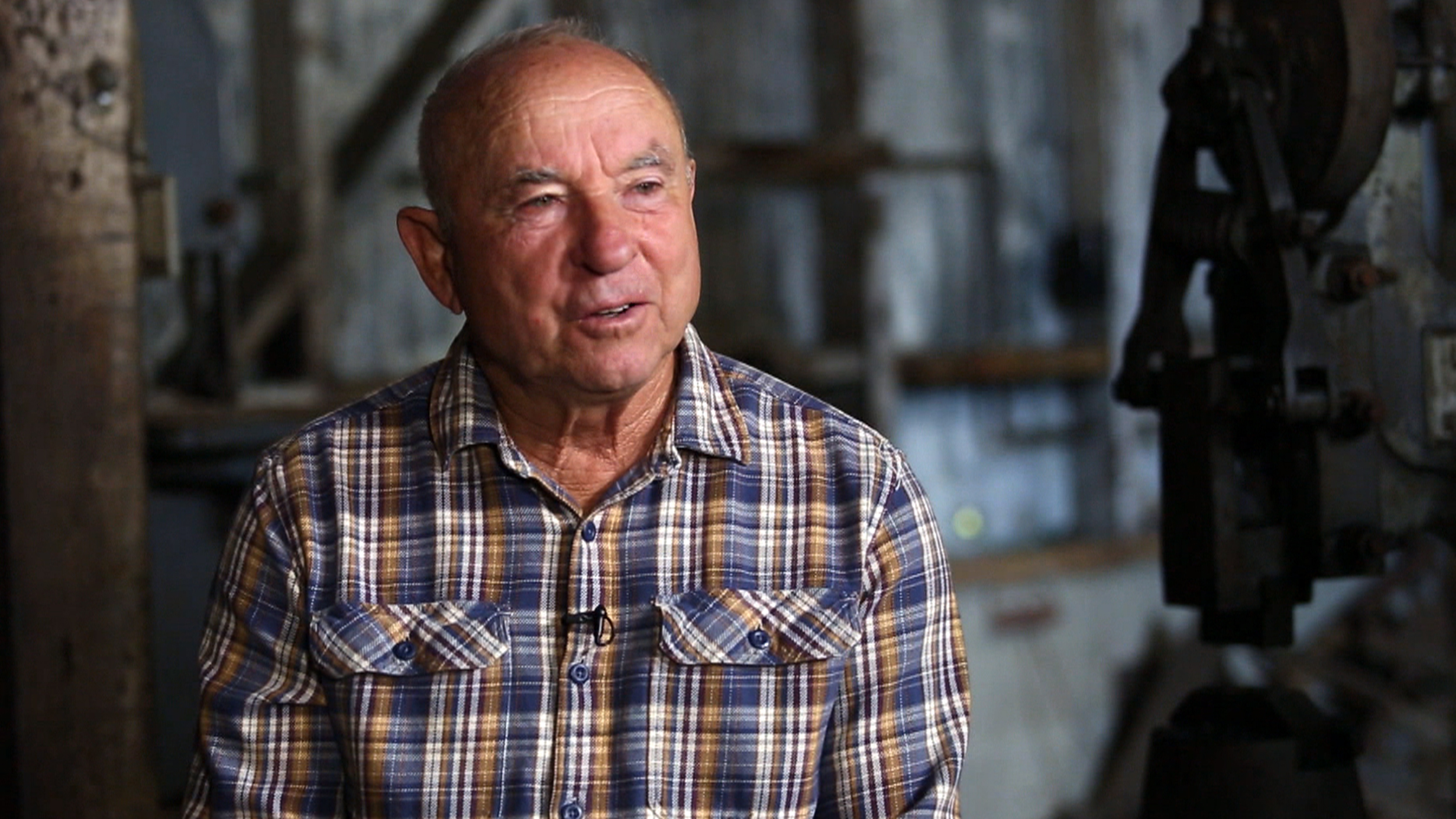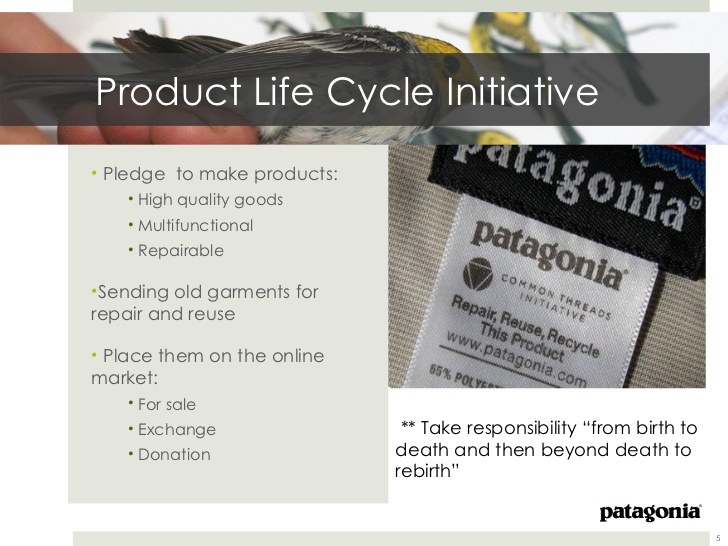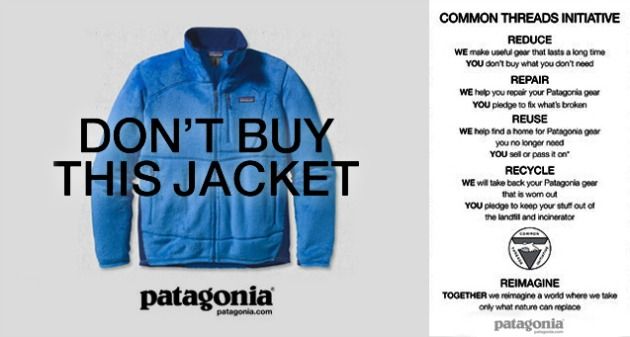Patagonia has long been heralded as one of the most socially-conscientious companies of its generation. But how has it managed to maintain such strong core ethical values, while also improving its bottom line year upon year? In order to investigate this, we will examine four ways in which the company has demonstrated good practice.

1. Founders' philosophy
The Patagonia line of apparel was founded in 1972 in Ventura, California. It was set up by avid adventurer and world-class mountaineer Yvon Chouinard, who wished to produce stronger, more resilient equipment for himself and fellow climbers. Chouinard is a staunch environmentalist, and as such despised seeing anything his company produced go to waste. He obsessed over the idea that his business might be responsible for over-consumption and environmentally harmful activity, and spent his career looking for ways to prevent this from occurring.
In spite of his company's exponential growth, he insists that their practice remains true to the eco-conscious origins of their roots. Chouinard lives by a simple mantra - “there is no such thing as sustainability. The best we can do is cause the least amount of harm.” He is insistent on his company treating nature with respect, rather than something merely to be exploited for economic gain, and believes others should follow suit.

2. The Product Lifecycle Initiative
In the early 2010s, Patagonia executives implemented a momentous new environmental initiative known as The Product Lifecycle Initiative. This initiative seeked to expand existing practices such as repair and maintenance to products, and recycling of old garments - as well as establishing a market whereby customers could swap used products amongst themselves. The goal was to lengthen the lifespan of each product, while reducing waste. Leading into this transition, the company had already fostered an image as one of the most environmentally responsible and socially aware businesses in the world. This initiative was effective on a deeper level, because it allowed the consumer to not only appreciate the environmental attitude of the company, but to play an active role in maintaining these ideals. It feeds into the next point we will address, the balancing of sustainable processes and profit-driven goals.

3. Sustainable practice over profits
While fears persisted that the company would fail to maintain its target of 10% revenue, the company persisted and took the bold step of advancing the suggested initiative. As one of the figureheads of corporate social responsibility, however, the executives sought to follow their founder's vision - even where they encountered turbulence in areas such as consolidating key retailers and facing fast-growing industry competitors. The company has maintained an average annual growth of 6% in net sales, while donating 1% of it's revenues to environmental causes, donating to environmental campaigns and investing large sums into cleaning up the impact of the environment of their production processes. One of the most radical actions taken by the company was running an advertising campaign on Black Friday in 2011 sporting the tagline "Don't Buy This Jacket." The company was promoting the idea of celebrating and subsequently re-wearing what you already owned. The campaign was a huge success, especially because Patagonia continued their pledge to deliver high quality goods, and exuded transparency about their environmental practices.
Patagonia's mission statement is simply stated on their official website: they hope to build the best product, cause no unnecessary harm, and use business to inspire and implement solutions to the environmental crisis.

4. Product design
In the early 1990s, an environmental audit of Patagonia revealed a surprising result. It found that corporate cotton, although it was a natural material, had a heavy environmental footprint. This high environmental footprint stemmed from the use of pesticides and insecticides during the growing process. In 1996, Chouinard committed the company to using all organic cotton.
It is important to also consider that Patagonia products are incredibly comfortable, stylish and generally affordable at the same time. For all the excellent and pioneering work the company engages in with respect to the environment, responsibility and sustainability, they haven't forgotten to design top-class products for sales purposes. While their activism and nurturing attitude towards sustainable practices certainly draw potential customers in, the range of products they sell still have to stand up against competitors in order to incentivise purchases. The emphasis on repair rather than replacement is also an attractive feature when looking to acquire upmarket equipment.
Further information, as well as access to the company's online store can be found at https://www.patagonia.com/home/. The company also operates a highly successful YouTube channel - with close to 200,000 subscribers - that advertises new products but also explores a wide variety of areas relevant to the business such as skiing, climbing and environmental activism. See more by following the link: https://www.youtube.com/user/patagoniavideo.